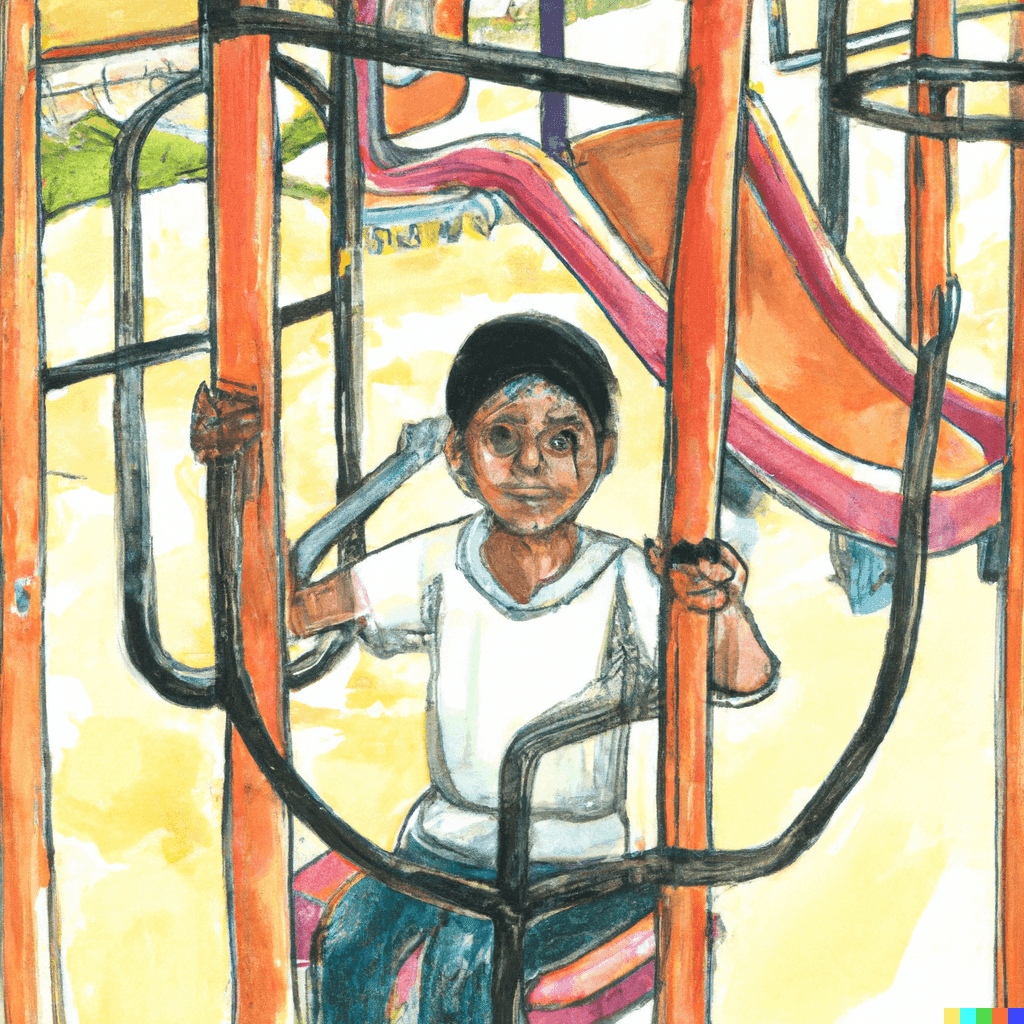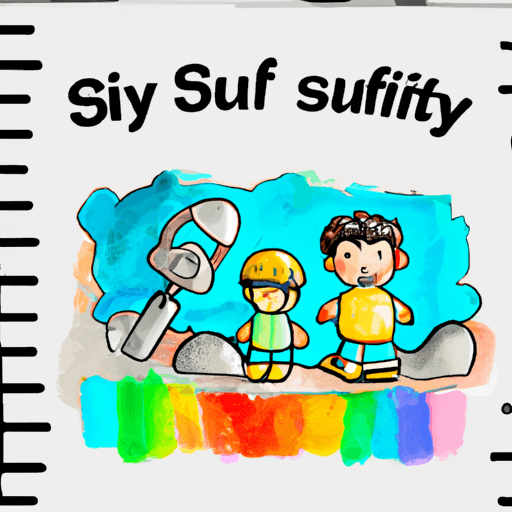Child Identification: Ensuring Your Child's Safety in Public Places
In an ever-evolving world, the safety of our children is of paramount importance. Whether it's a crowded amusement park, a bustling shopping mall, or a school field trip, keeping track of your child in public places can be a daunting task. Fortunately, modern technology and proactive measures have provided us with a range of tools and strategies to enhance child identification and safety. In this comprehensive guide, we explore these solutions, empowering you to take proactive steps towards your child's well-being.
The Importance of Child Identification
Before diving into the tools and strategies, it's crucial to understand why child identification is so vital, especially in public places. Children can easily become separated from their parents or guardians in crowded or unfamiliar environments. This can lead to anxiety and fear for both parents and children alike. Effective child identification not only helps reunite lost children with their families but also acts as a deterrent against potential threats, ensuring a safer environment for all.
Child Identification Tools and Strategies
1. Identification Bracelets:
Child identification bracelets, often made of durable materials like silicone, are a simple yet effective way to keep essential information on your child at all times. These bracelets can include details such as the child's name, a contact number, and any pertinent medical information. They are comfortable to wear and can be easily spotted in case of separation.
2. Child GPS Tracking Devices:
GPS tracking devices designed for children have gained popularity in recent years. These small, wearable devices can be discreetly attached to your child's clothing or backpack. They allow you to monitor your child's real-time location through a smartphone app. Some devices even offer geofencing capabilities, alerting you if your child strays beyond a predefined boundary.
3. Emergency Contact Cards:
Create a laminated emergency contact card for your child to carry in their pocket or backpack. This card should include vital information such as your contact number, an alternate emergency contact, and any allergies or medical conditions your child may have. Instruct your child on when and how to share this card with a trusted adult if they need assistance.
4. Smartphone Apps:
Various smartphone apps are specifically designed to enhance child safety. These apps can help you track your child's location, set up safe zones, and receive notifications if your child deviates from their expected route. Additionally, some apps offer features like panic buttons that allow your child to send an alert in case of an emergency.
5. Child Safety Tattoos:
Temporary child safety tattoos are a creative solution for identification. These tattoos are typically applied to a child's arm with contact information and serve as a visible form of identification. They are water-resistant and can last for several days, making them ideal for trips to the beach or water parks.
6. Safety Whistles:
Teach your child to carry a safety whistle on their keychain or backpack. Instruct them to blow the whistle if they ever feel lost or unsafe. The loud sound can attract attention and help locate your child quickly.
Best Practices for Child Identification
While these tools and strategies are valuable, their effectiveness is enhanced when combined with best practices:
- Education: Teach your child about the importance of staying close and what to do if they become separated.
- Regular Check-Ins: Establish a routine of checking in with your child in crowded places.
- Establish Meeting Points: Designate specific meeting points in case of separation, such as a central statue or information booth.
- Use Technology Wisely: Leverage technology to your advantage but avoid over-reliance. Keep devices charged and updated.
- Privacy and Security: Ensure that any information shared through apps or devices is stored securely and only accessible to trusted individuals.
In Conclusion
Child identification is a proactive approach to enhancing your child's safety in public places. By utilizing the tools and strategies mentioned in this guide and incorporating best practices into your routine, you can provide a secure environment for your child while fostering their independence and confidence. Remember that child safety is an ongoing commitment, and staying informed about the latest technologies and strategies is essential in today's dynamic world.









